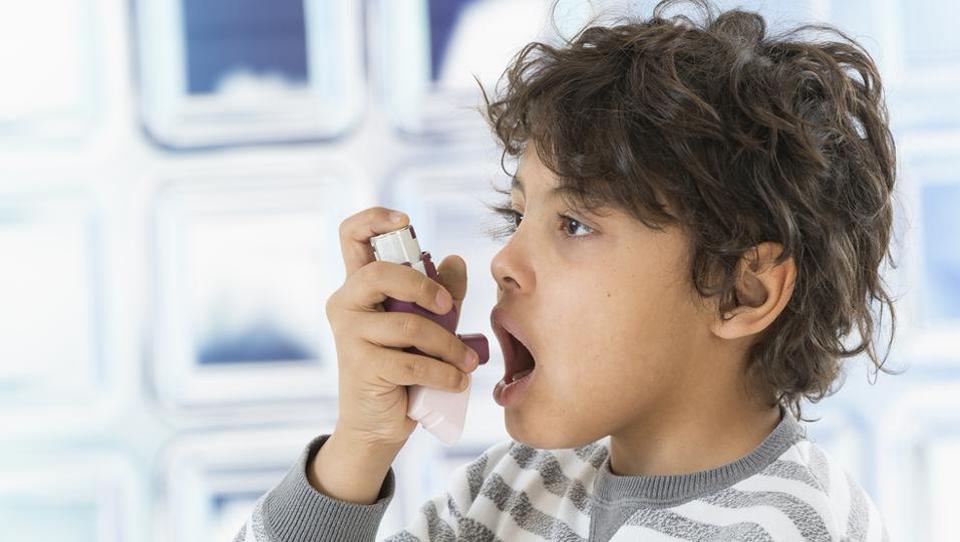Asthma in children could become worse if you live near a busy road

Asthma attacks in children, who live near a busy, major roadway or a playground, is often severe, suggests a new study. Long-time exposure to traffic-related pollution and dust has been linked to asthma in children. According to a research conducted by the Beth Israel Deaconess Medical Center, children living within a football field’s length of major roadways had nearly three times the odds of paediatric asthma compared to children who lived four times farther away.
It has been long known that smog and pollution can bring on an asthma attack among children and adults who are already suffering from asthma. However, researchers had been uncertain about the role of long-term exposure to certain pollutants and its impact.
Why is pollution so bad
Poor air quality can worsen asthma symptoms for patients. Pollutants such as traffic fumes, or wood smoke, can quickly irritate your airways and trigger asthma symptoms. The particles that are found in dust, soot, smoke, diesel and petrol fumes are so small that they are likely to enter your lungs, making them inflamed and swollen. This can also trigger an asthma attack.
Pollution can be really harmful to children as they are more at risk from its effects because they have faster breathing rates and their lungs are still developing. What makes it worse is that symptoms of asthma — wheezing, chronic cough — are common and can thus lead to misdiagnosis.
Method for research
For the study, researchers analysed data from 1,522 Boston-area children born between 1999 and 2002 whose mothers had enrolled in a long-term study called Project Viva. The project was established to study how environmental factors such as sleep, eating habits and exposure to pollution can impact a child’s health.
“Our previous research demonstrated that living close to a major roadway and lifetime exposure to air pollutants were associated with lower lung function in seven- to ten-year-old children,” said corresponding author Mary B. Rice. “We suspected that these exposures would also be associated with paediatric asthma.”
The researchers also linked home addresses to census data and satellite-derived atmospheric data to calculate each participant’s daily exposure to fine particulate matter (PM) – tiny particles suspended in the air that when inhaled deposit in the terminal sacs of the lung.
The findings
The study revealed that children who living less than 100 metres from a major road had nearly three times the odds of current asthma.“Even in the Boston area, where pollution levels are relatively low and within Environmental Protection Agency standards, traffic-related pollutants appear to increase the risk of asthma in childhood”, added Rice.
Lifetime exposure to black carbon and fine PM were also linked to asthma in early childhood (ages three to five years), but in mid-childhood (ages seven to 10 years), these pollutants were associated with asthma only among girls.
[“source=hindustantimes”]


